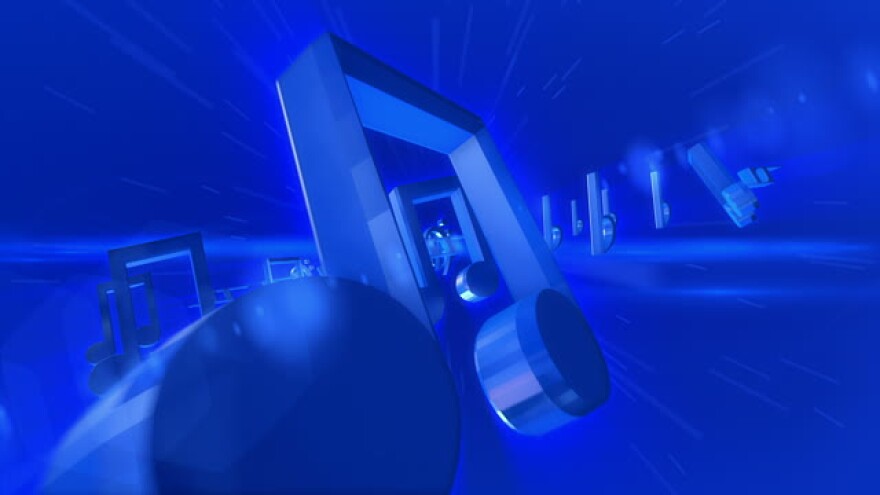Today I want to celebrate that most American of inventions: the blue note.
We all know the blue note is important. There's a record label and a jazz club named after it. It's the logo of the St. Louis Blues hockey team. So what's a blue note, anyway? It's the note that defines American music of the 20th century. It's a certain sourness, a clash, a note no European composer would dare use. I have a theory that blue notes come from the harmonica.
Here I'm playing the plain old notes of the G-7 chord, G B D and F:
Listen to what happens when I bend the B and the D. Now you're hearing notes that don't even exist on the piano:
These bent notes are "blue notes." There's dissonance, a tension between the straight notes and the blue ones. Bending notes on the harmonica makes them more expressive. It's not just the pitch that is changing. You can feel the intensity increase as the metal reeds take the physical strain. The bent notes on the harmonica can be strung into a scale: the blues scale.
Luckily for rock and roll these notes translated easily to the guitar. It's the first lick learned by every garage band lead guitarist. Sixties rock — from the Beatles to Jimi Hendrix — could not have existed without it. And I'll bet money that every single surf guitar solo was based on the blues scale.
Pop music is turning away from blue notes because you don't hear that many guitar solos anymore. But still, in my opinion, the blue note is one of the most valuable things America has ever invented.






